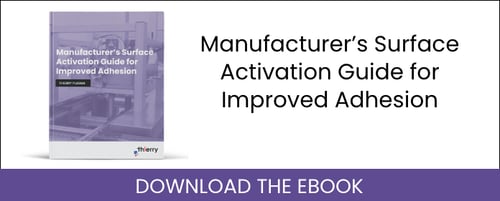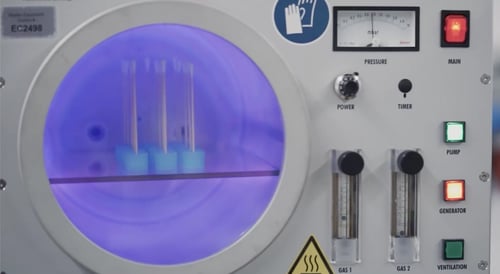Surface tension is the force on the surface of liquids that allows it to form cohesive drops. This is sometimes called interfacial tension and it varies depending on the liquid and the surface it is interacting with. Since surface tension can manifest in many ways, there are several ways to measure it. When trying to
measure the surface tension of a drop, a technique called a pendant drop test is often used. This method
measures surface tension by using a machine called a goniometer which takes high resolution image of a drop hanging out of the bottom of a syringe just before it falls. It analyzes the shape and
contact angle of the drop, by using that information it is able to
measure the surface tension of the drop.
More Methods of Measuring Surface Tension
When
measuring the surface tension on the surface of a liquid rather than a drop of liquid, several other techniques are used. One popular method is called the Du Nouy ring method. This is when a ring, usually made of platinum, is resting on the surface of a liquid. Then a controlled device slowly lifts the ring off the surface and calculates the force necessary to separate the liquid from the ring. This figure is then related to the
measure of surface tension of the liquid. To
measure surface tension of a drop of a liquid resting on a solid surface, a method called the sessile drop technique is used. This method is often referred to as a contact angle test. It measures the contact angle that the drop forms with the surface that it sits on top of. This number can be converted into the
measure of surface tension in the drop of the liquid. This test is also used here at Thierry to measure the level of
surface activation that a material has achieved.

